Causes, Symptoms, And Treatments Of Eye Allergies
Beyond the familiar sneezes and sniffles, your eyes can also fall victim to the invisible invaders of allergy season, turning bright days into blurry, itchy discomfort. Imagine a world where your vision blurs, your eyes burn, and every blink feels like grit. This isn't just irritating; it's your immune system reacting to environmental triggers, leading to what's known as ocular allergies or allergic conjunctivitis. While often temporary, the symptoms can mimic more serious eye conditions, making professional insight crucial. To shed light on this often-overlooked aspect of allergies, we've significantly expanded our comprehensive guide to bring you 22 crucial insights into eye allergies. Get ready to understand their types, uncover their sneaky causes, recognize their tell-tale symptoms, and discover effective treatments to reclaim your clear, comfortable vision.
1. Types Of Eye Allergies
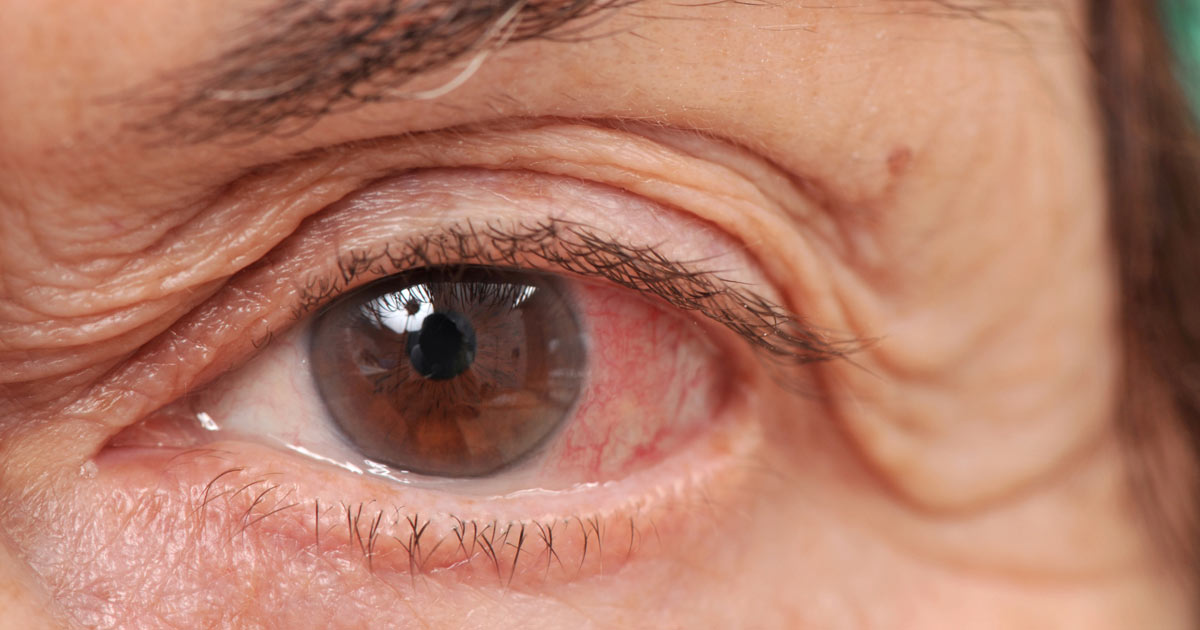
The two main types of eye allergies are seasonal and perennial. Seasonal allergies are more common than perennial. They occur at certain times of the year, such as in early spring and autumn, and are caused by allergens in the air, such as pollen from trees, weeds, and grass, along with mold. Perennial allergies occur all year long and are caused by triggers such as dust mites, animal or pet dander, and bedding feathers. The easiest way to determine which type of allergy is present is to pay attention to when symptoms arise. Learn about the process of an allergic reaction to a trigger next.
2. The Process Of An Allergic Reaction
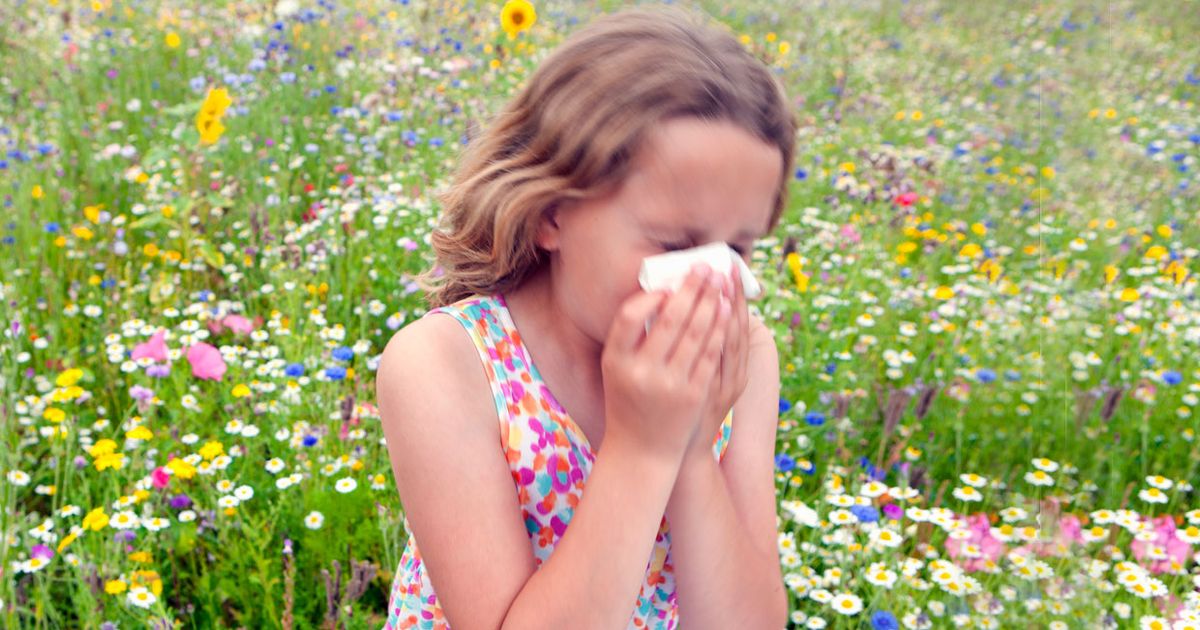
Eye allergies occur as a result of an immune system response to a stimulant or an allergen in the environment that typically does not cause problems for other individuals. An allergic reaction occurs when an allergen or an irritant comes in contact with the mast cells in an individual's eyes, resulting in the release of histamine and other substances that cause the tiny blood vessels in the eye to leak. This causes the eyes to become red, watery, and itchy. Continue reading to uncover the full details on the various causes behind eye allergies in individuals next.
3. Causes

Eye allergies are caused by allergens in the air, both inside and out of the home. These may include mold, smoke, dust, pollen from ragweed, grass, and trees, and pet dander. Other causes may include reactions to perfumes, drugs, and cosmetics or body products. According to the American Academy of Ophthalmology, some individuals may experience an allergic response to chemicals in eye drops and even allergies that do not come in contact with the eye, such as foods or insect bites. Since the causes of eye allergies are incredibly varied, it is crucial for individuals to pay close attention to their surroundings and what they were doing when their symptoms struck. Otherwise, it may be near impossible for doctors to accurately determine what is causing their eye allergy to occur. Discover the major symptoms of eye allergies next.
4. Symptoms

Symptoms of eye allergies include sensitivity to light, temporary blurriness, burning or tearing of the eyes, and red, swollen, or itchy eyes. The good news for patients is symptoms of eye allergies are not usually dangerous and may go away on their own or as soon as the exposure to the irritant subsides. If eye allergy symptoms accompany nasal allergies, such as a stuffy nose or sneezing, then additional symptoms may occur. These can include headaches, a sore throat, coughing, swollen eyelids, difficulty swallowing, and an itchy throat. Get to know the ways in which doctors can diagnose an allergy now.
5. Diagnosis

An allergist can determine if an allergy is present or if a more severe eye condition may be the reason behind a patient's symptoms. Many symptoms of eye allergies can be treated at home; however, if symptoms persist or become severe enough to impact vision, an allergist can conduct several tests to make a proper diagnosis. Tests usually include an eye examination with a microscope to determine swollen blood vessels under the eye’s surface. An allergist may also gently scrape the conjunctiva to see if a particular type of white blood cell is found. Learn about how patients can treat their eye allergies now.
6. Antihistamine Medication
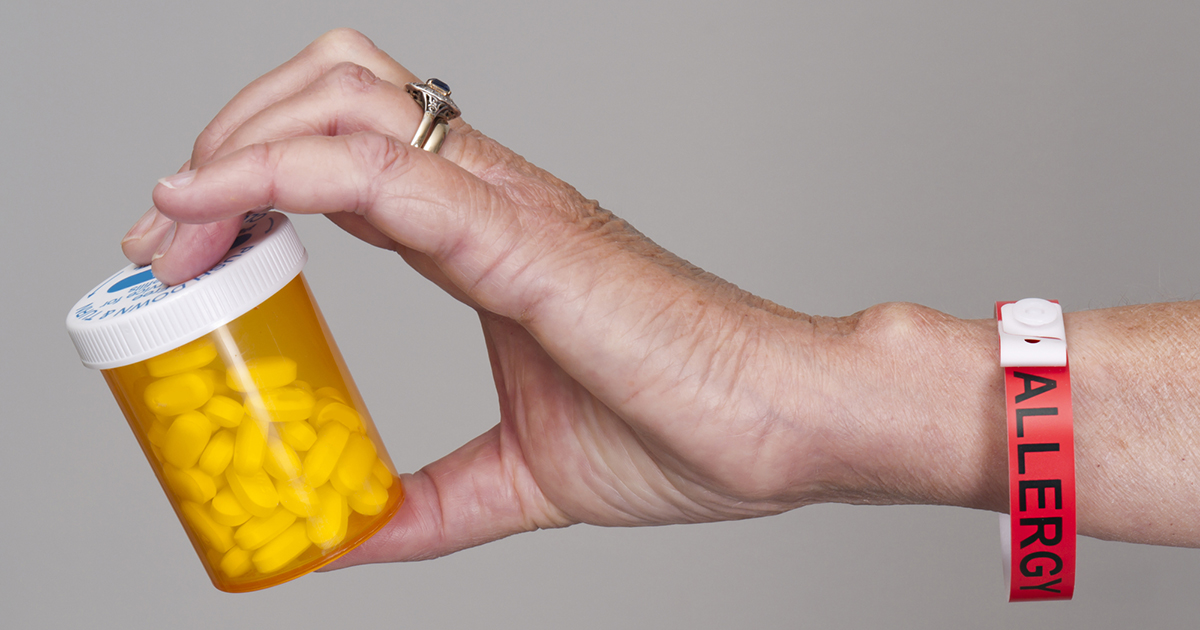
At times, the body reacts naturally to allergies by releasing histamine, a compound in the body that triggers blood vessels to dilate, forcing the walls of blood vessels too narrow and unusually permeable. Histamine causes symptoms such as watery and itchy eyes accompanied by a runny nose. Antihistamine medication contains allergic reactions by blocking the connection between body cells that produce allergic response and histamine compounds. They are most effective in alleviating itching and take time to calm redness and swelling in the eyes. Individuals may find the medication either in the form of oral tablets or eye drops. Oral medications may tag along with sleepiness, mild stinging of the eyes upon use, and headaches as side effects. However, these medicines provide longer-lasting relief. Learn about another medication option used to treat allergies now.
7. Decongestants
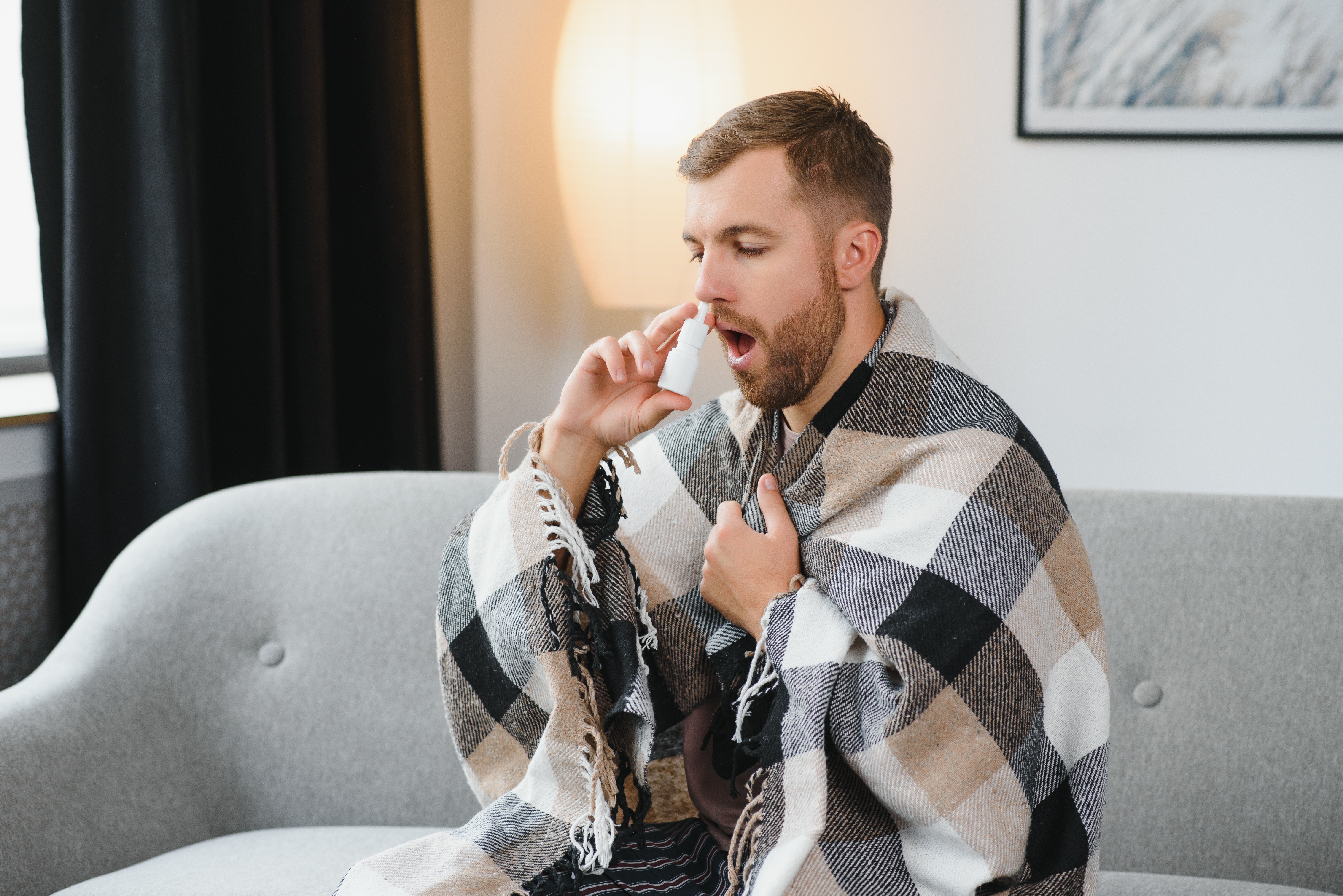
Decongestants target reducing the redness in the eyes after an allergic reaction and act by constricting blood vessels in the eyes. They do not, however, aid in alleviating itching or any other eye allergy symptoms other than redness. Most of the time, physicians will recommend coupling decongestants with an antihistamine to relieve itchiness as well. They are typically available over-the-counter in the form of drops or sprays, as well as pills. They are preferred for short term use, as prolonged use of these medications may cause re-occurrence of eye redness that may persist even after discontinuation. Doctors recommend the use of decongestants for no more than two to three days. Learn more about treating eye allergies now.
8. Medicated Eye Drops
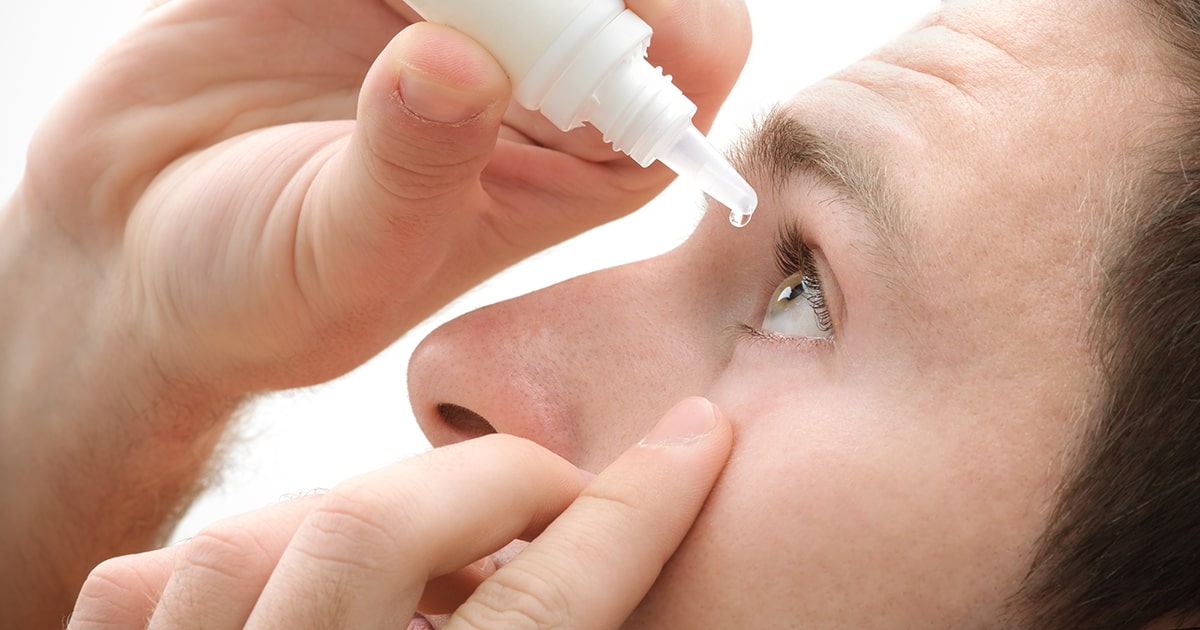
Since eye allergies are a common occurrence, there is a wide range of brands for the non-prescription eye drops. Usually, most are for mild treatments formulated to treat eye redness, itchiness, and watery eyes triggered by allergic reactions. They are easily accessible and less expensive compared to prescription eye drops. Most over-the-counter brands are suitable, though patients who are unsure about what to choose can ask for assistance from a pharmacist. Those who are dealing with severe symptoms may wish to consult a doctor and obtain a prescription-strength version of medicated eye drops. Continue reading to uncover additional options for managing the symptoms of eye allergies now.
9. Corticosteroids

Corticosteroids are effective in relieving eye allergies, although they are used as last resorts after other treatment options fail. Normally, they are used for severe symptoms such as extreme inflammation, swelling, and redness. They are best used under the guidance of an ophthalmologist because they can increase the risk of bleeding if used on the wrong candidates. With corticosteroids, there are significant risks attached to long-term treatment. Patients may suffer side effects such as cataracts and elevated pressure in the eyes after long-term use. In the worst scenarios, elevated pressure in the eyes progresses into glaucoma, damage of the optic nerve, or loss of vision. Steroid eye drops are effective for short term use. Get the details on how to prevent these allergies now.
10. Prevention

The best way to prevent eye allergies is for individuals to avoid their triggers. Those who are allergic to pollen will want to consider staying indoors when pollen counts are high during the mid-morning and early evening hours. They can also run the air conditioner, close the windows, and should avoid window fans, as these can attract mold and pollen. Eyeglasses and sunglasses can be worn to block allergens outdoors. Individuals can limit their exposure to dust mites by washing bedding frequently and using allergen-free pillowcases. They should also clean floors with a damp mop instead of sweeping and set humidity at home below fifty percent. Learn more about dealing with eye allergies now.
11. Immunotherapy Shots

Individuals with eye allergies who cannot control their symptoms with prevention, eye drops, or other medications may want to seek relief by using immunotherapy or allergy shots. Immunotherapy shots work similarly to a vaccine because they contain a tiny amount of common allergens. As the dosage gradually increases, the individual's immune system learns how to deal with the allergens until they no longer cause symptoms upon exposure. Immunotherapy shots are not recommended for patients with weakened immune systems. Of course, it is important to note an allergy shot is not a one shot, permanent solution. Even when the patient has built up their immunity, they will need to eventually resume getting the shots if they want to continue with it, as the effects can wear off. Get the details on natural remedies for eye allergies next.
12. Natural Remedies

Natural remedies for eye allergies can be quite helpful for individuals who do not enjoy dealing with medication, as well as for those with quite mild allergies where medication may not even be necessary. For instance, turmeric has been shown to act as a good decongestant to relieve some symptoms linked to allergies. Supplementing with butterbur has an excellent track record for alleviating pollen allergies due to its natural antihistamine properties with no sleepy side effects. Fish oil has also been shown to reduce allergic reactions due to its ability to lower the levels of leukotrienes (a compound linked to allergic reactions) in the body.
13. Mast Cell Stabilizers: Proactive Allergy Defense

Unlike antihistamines that block histamine after release, mast cell stabilizers work proactively to prevent mast cells in your eyes from releasing histamine and other inflammatory chemicals in the first place. These prescription eye drops (like cromolyn sodium or lodoxamide) are best used before allergen exposure begins, such as prior to peak pollen season. This makes them ingenious for managing predictable seasonal allergies, building up a protective barrier against triggers. They typically take a few days to a week to become fully effective, offering sustained relief with minimal side effects compared to corticosteroids.
14. Allergy Testing: Pinpointing the Invisible Foe

Beyond just knowing when your symptoms hit, allergy testing provides ingenious precision in identifying your specific triggers. An allergist can perform skin prick tests, applying tiny amounts of common allergens to your skin and observing reactions, or blood tests (like IgE antibody tests) to detect specific antibodies. This isn't just for curiosity; pinpointing the exact allergen allows for targeted prevention strategies, more effective medication choices, and informs potential immunotherapy, moving beyond general advice to highly personalized management.
15. Cold Compresses: Simple Symptom Soothers
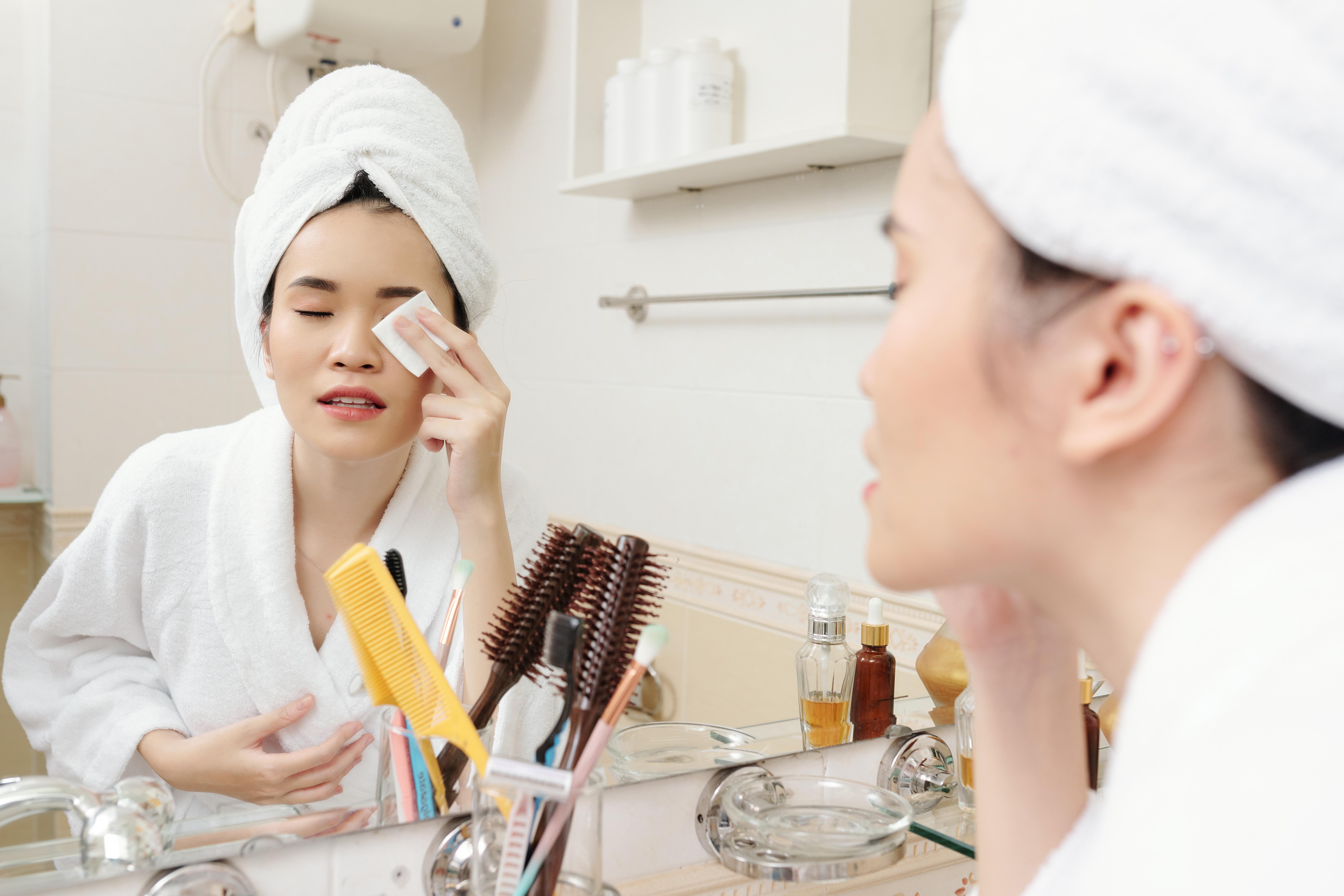
Sometimes the simplest solutions are the most effective. For immediate relief from itchy, swollen, or burning eyes, a cold compress is an ingenious, drug-free remedy. The cool temperature constricts blood vessels, reducing swelling and redness, and numbs nerve endings, alleviating itching. Simply soak a clean cloth in cold water (or use a gel eye mask chilled in the fridge), wring it out, and apply it to closed eyelids for 5-10 minutes. This provides soothing comfort and can reduce the urge to rub your eyes, preventing further irritation.
16. Eye Washes/Saline Rinses: Flushing Away the Irritants

An often-overlooked yet incredibly helpful strategy is physically flushing allergens from your eyes. Using a sterile saline eye wash or artificial tears helps rinse away pollen, dust, or dander particles that have landed on the eye's surface. This mechanical removal reduces direct contact between the allergen and your mast cells, lessening the immune response. It’s an ingenious, non-medicated first line of defense, especially after outdoor exposure, providing immediate relief and preventing deeper irritation without chemical intervention.
17. Omega-3 Fatty Acids: Soothing from Within

Beyond conventional treatments, certain dietary approaches can offer ingenious support. Omega-3 fatty acids, found in fish oil, flaxseed, and walnuts, are renowned for their anti-inflammatory properties. While not a direct cure, supplementing with Omega-3s or incorporating them into your diet can help reduce overall systemic inflammation, potentially lessening the severity of allergic reactions in the eyes. This proactive nutritional strategy aims to soothe your body's immune response from within, complementing topical treatments for more holistic relief.
18. Environmental Controls (Beyond the Obvious): Air Quality Mastery
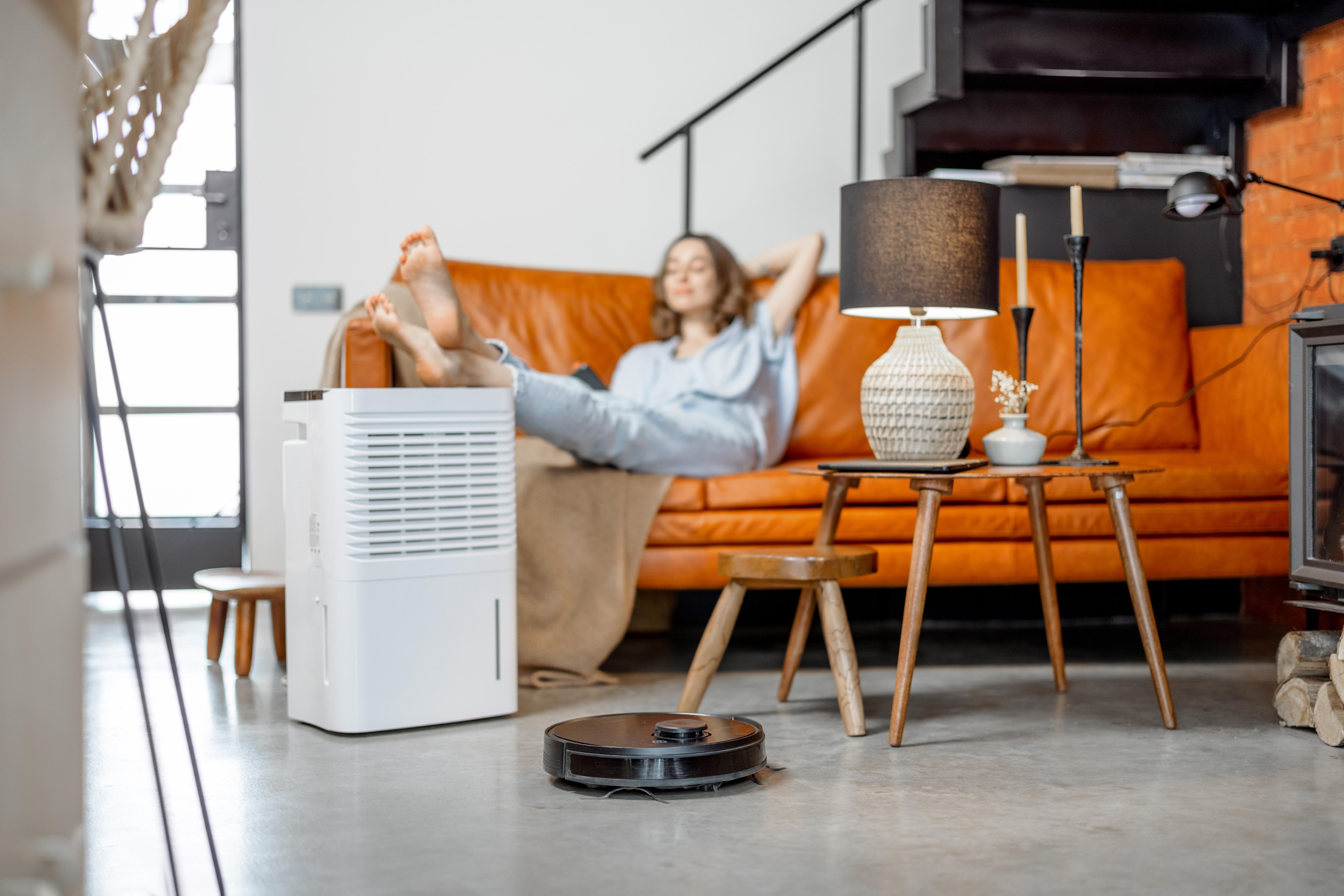
Prevention extends beyond basic cleaning. For ingenious environmental control, consider investing in a HEPA air purifier for your bedroom, especially if dust mites or pet dander are triggers. Use allergen-proof mattress and pillow covers to create a personal allergen-free zone where you sleep. Regularly clean air filters in your home's HVAC system. These proactive steps drastically reduce airborne allergens in your living spaces, offering significant relief, particularly for perennial allergy sufferers, by minimizing continuous exposure.
19. Sunglasses/Eyeglasses as a Barrier: Physical Protection

This seemingly simple tip is an ingenious physical barrier against airborne allergens. Wearing sunglasses or regular eyeglasses when outdoors, especially on windy days or during high pollen counts, creates a shield that reduces the amount of pollen or dust directly hitting your eyes. This lessens allergen exposure on the conjunctiva, proactively minimizing the trigger for an allergic reaction. It's a low-cost, stylish, and highly effective preventive measure that's often underestimated in its protective capability.
20. Limiting Contact Lens Use: A Break for Irritated Eyes

For contact lens wearers, the lenses themselves can become ingenious traps for allergens, exacerbating eye allergy symptoms. Pollen and dander can stick to the lens surface, prolonging contact with the eye and intensifying irritation. During allergy season, consider temporarily switching to eyeglasses, using daily disposable lenses (discarding them after each use to avoid allergen buildup), or significantly reducing wear time. Giving your eyes a break from lenses can provide substantial relief and allow topical medications to work more effectively.
21. Humidifiers/Dehumidifiers: Climate Control for Your Eyes

Managing indoor humidity is an ingenious yet often overlooked strategy for eye allergy relief. If you suffer from dry eyes alongside allergies, a humidifier can add moisture to the air, soothing irritation. Conversely, if mold or dust mites are your primary triggers, a dehumidifier can keep humidity below 50%, inhibiting their growth. This targeted environmental climate control directly addresses the underlying conditions that can worsen eye allergies, offering a proactive approach to maintaining ocular comfort.
22. Eye Drops (Prescription vs. OTC Nuances): Tailored Solutions
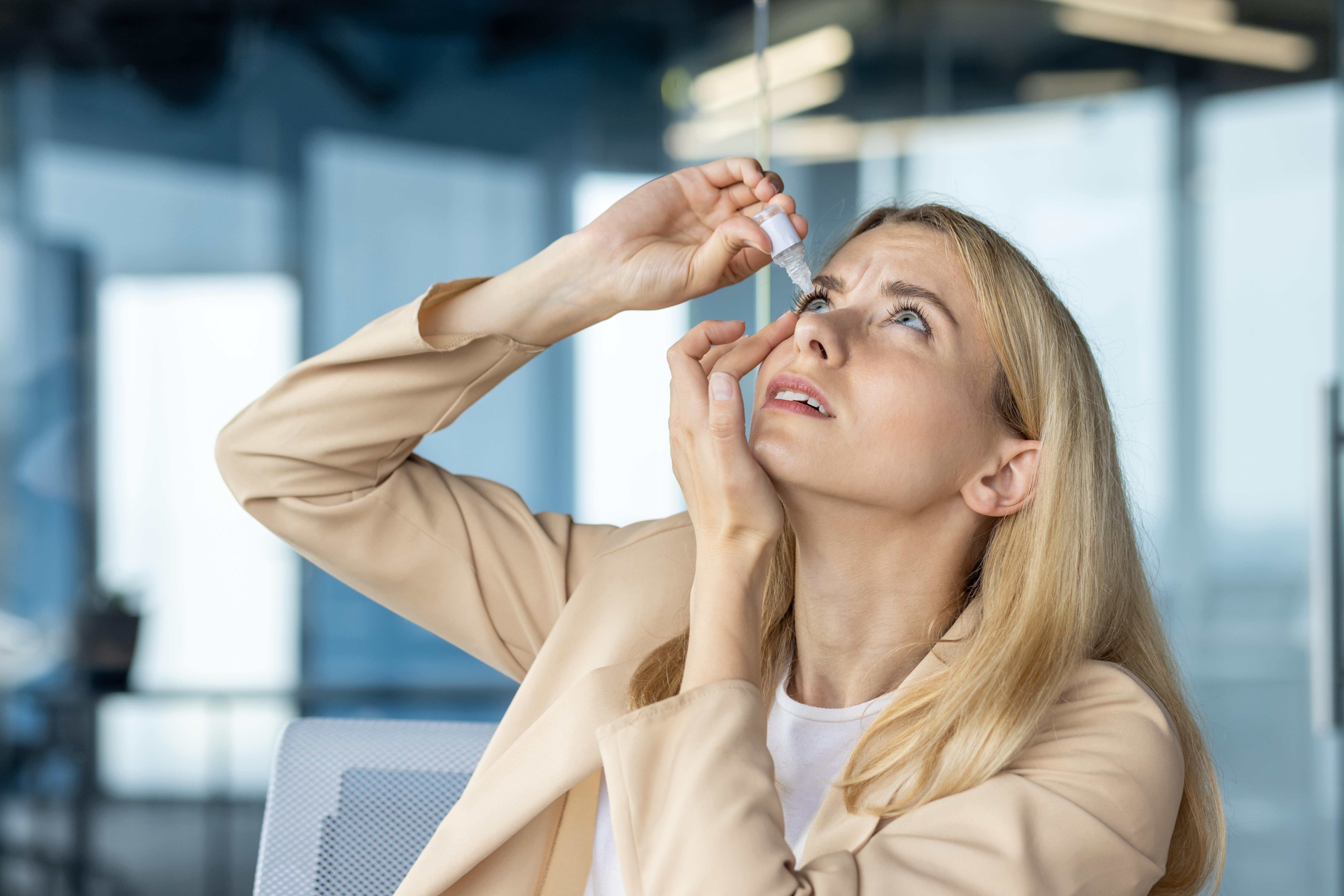
While general medicated eye drops exist, understanding the nuances between over-the-counter (OTC) and prescription options is key to ingenious relief. OTC options (antihistamines, decongestants) offer quick but often temporary relief. Prescription drops often contain mast cell stabilizers or stronger anti-inflammatory agents, designed for more severe or persistent symptoms. Consulting an ophthalmologist to determine the precise type of drop (e.g., dual-action drops for immediate and preventive relief) ensures you’re using the most effective, tailored solution for your specific allergy profile.
Clear Vision Ahead: Reclaiming Your Comfort
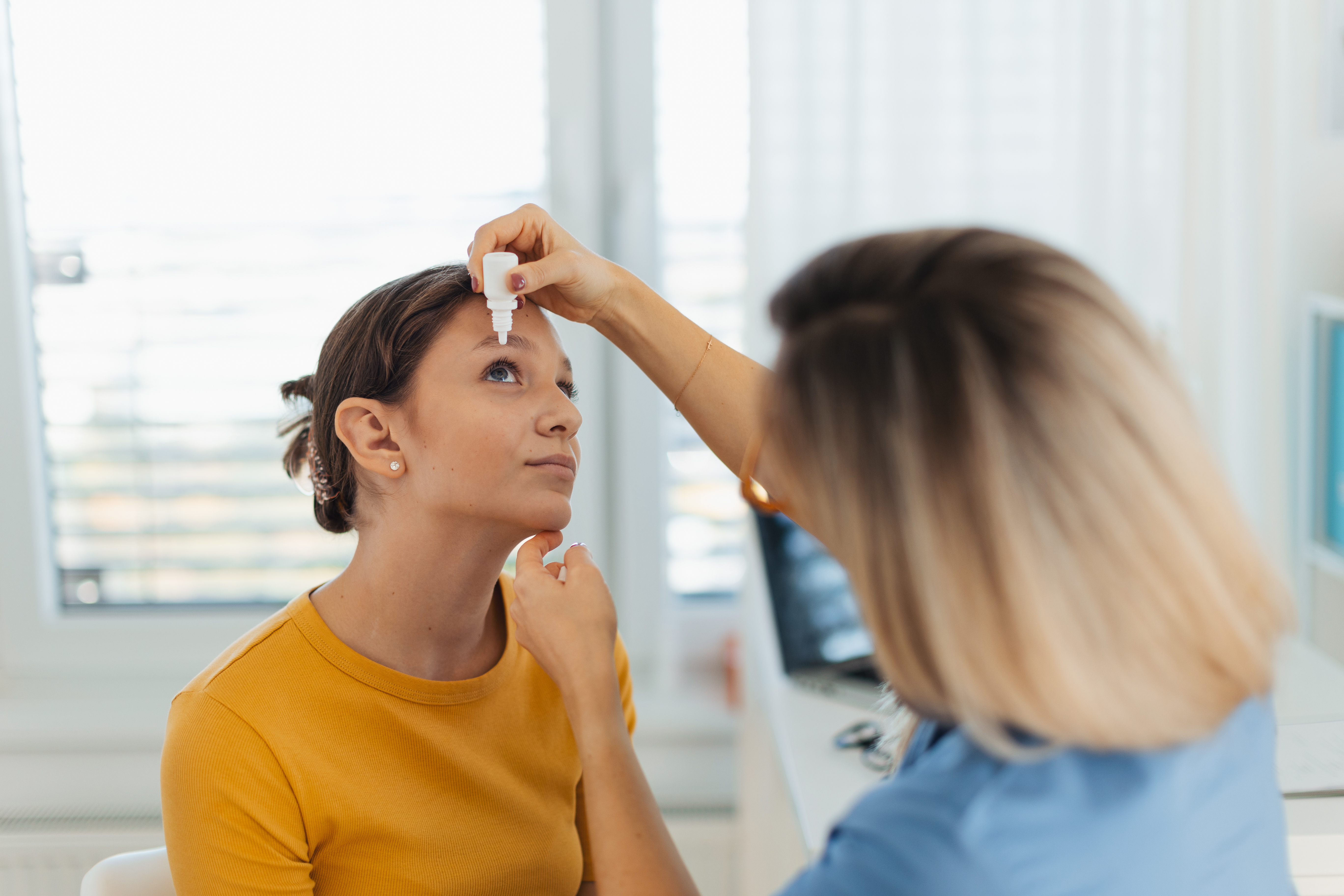
Eye allergies, often dismissed as minor irritations, can profoundly impact daily life, turning simple pleasures into blurry, itchy discomfort. But as we've explored through these 22 crucial insights, you're far from powerless. From understanding the precise science behind your body's reactions and pinpointing specific triggers through allergy testing, to strategically deploying mast cell stabilizers, leveraging simple cold compresses, or even adapting your contact lens habits, a wealth of ingenious solutions awaits. This comprehensive guide empowers you to move beyond mere symptom management. By applying these diverse strategies, you can proactively protect your eyes, significantly reduce irritation, and ultimately reclaim the clear, comfortable vision that allows you to fully engage with the world around you, free from the constant annoyance of allergic conjunctivitis.